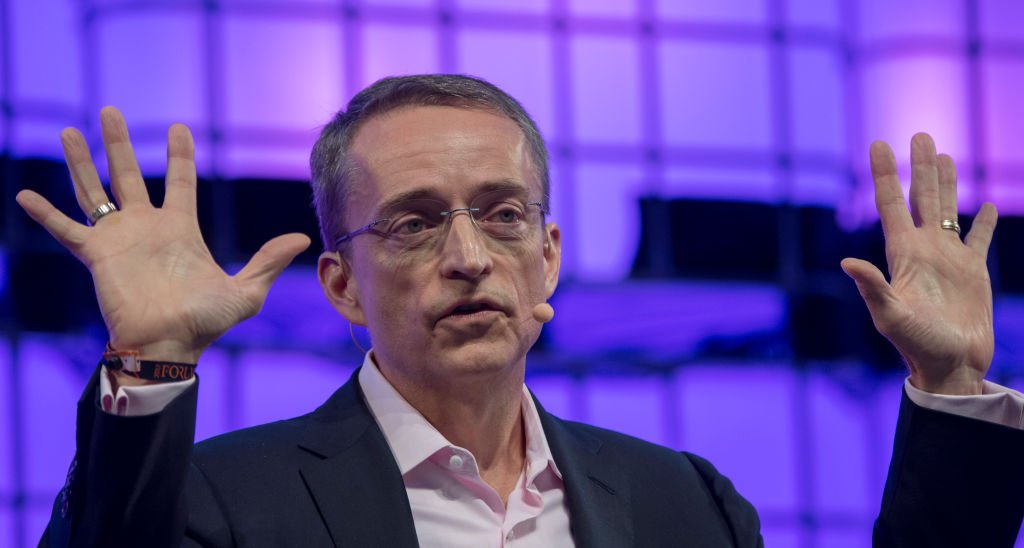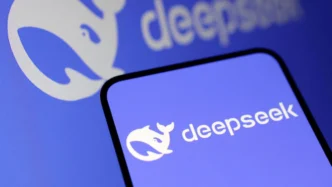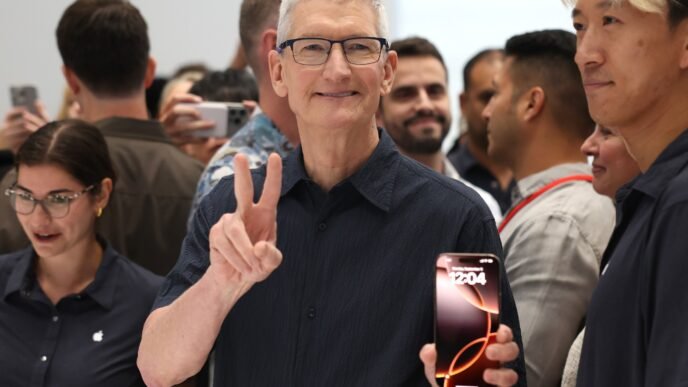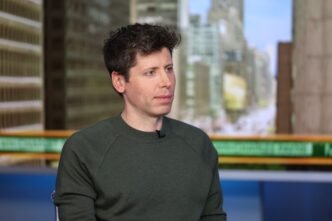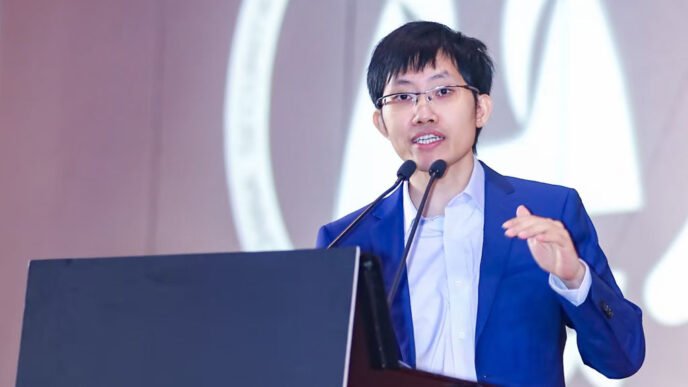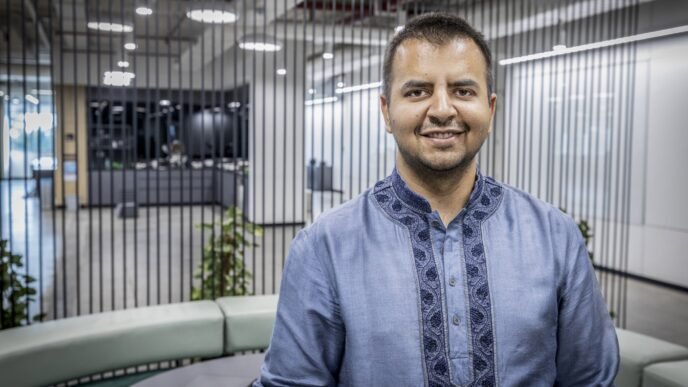The world of artificial intelligence has been buzzing with excitement and controversy since DeepSeek introduced its open-source reasoning model, R1. This groundbreaking model has disrupted the market with its impressive performance, affordability, and accessibility. Notably, former Intel CEO Pat Gelsinger has already adopted R1 for his new startup, Gloo, choosing it over OpenAI’s proprietary solutions. This move underscores the transformative potential of DeepSeek’s innovation.
DeepSeek’s Impact on AI: Lower Costs, Higher Performance
DeepSeek has made waves in the tech industry by demonstrating that high-performance AI doesn’t have to come with exorbitant costs. Last month, the company revealed it had trained R1 using around 2,000 Nvidia H800 GPUs over two months, costing just $5.5 million. This is a fraction of the billions typically spent by industry giants on comparable models.
DeepSeek’s published results show that R1 rivals or even surpasses leading reasoning models in performance. This achievement has sparked debates, with some questioning the authenticity of the numbers and others acknowledging the engineering ingenuity behind the model.
| Feature | DeepSeek R1 | OpenAI’s o1 |
|---|---|---|
| Training Cost | $5.5 million | Hundreds of millions |
| GPUs Used | 2,000 Nvidia H800 | Advanced proprietary GPUs |
| Open Source Availability | Yes | No |
Lessons from DeepSeek: Insights from Pat Gelsinger
Pat Gelsinger, who recently left his role as CEO of Intel, is among the many tech leaders captivated by DeepSeek’s success. Now chairman of Gloo, a startup focused on messaging and engagement platforms for churches, Gelsinger has fully embraced R1 for Gloo’s AI-powered service, Kallm.
According to Gelsinger, DeepSeek’s breakthrough teaches three critical lessons:
- Lower Costs Expand Markets
Making AI cheaper will lead to widespread adoption, unlocking new applications and industries. - Constraints Fuel Ingenuity
DeepSeek’s ability to innovate despite U.S. export restrictions demonstrates the power of creativity under pressure. - Open Ecosystems Win
Open-source models like R1 challenge the dominance of closed systems, offering transparency and collaboration.
Gloo’s Transition to R1
Gelsinger’s team at Gloo has already started using R1 to develop their AI chatbot and related services. In just two weeks, the company expects to have a fully operational foundational model built entirely on open-source technology.
“DeepSeek’s innovation means that good AI can be everywhere,” Gelsinger said. He envisions AI improving various devices, from wearables like Oura Rings to hearing aids, smartphones, and electric vehicles.
Industry Reactions: Praise, Skepticism, and Competition
The introduction of R1 has triggered mixed reactions in the tech world:
- Praise for Innovation
Many view R1 as a milestone in AI development, proving that efficiency and creativity can rival brute computational power. - Skepticism Over Claims
Critics have questioned DeepSeek’s cost estimates and training methodology, speculating that the company may have downplayed the resources used. - Concerns About Privacy and Censorship
As a Chinese developer, DeepSeek faces scrutiny regarding data privacy and potential censorship issues.
Despite the doubts, R1’s success has spurred conversations about the future of AI development. Some argue that OpenAI’s forthcoming model, o3, will restore the balance by outperforming R1, while others see DeepSeek as a catalyst for change in the industry.
The Future of AI: Open vs. Closed Models
Meta’s Chief AI Scientist, Yann LeCun, highlighted the significance of open-source models like R1. “DeepSeek has profited from open research and open source,” he stated. This philosophy aligns with a growing movement towards transparency and collaboration in AI.
By contrast, closed systems like OpenAI’s models are often criticized for their lack of accessibility and high costs. DeepSeek’s approach demonstrates how open ecosystems can democratize AI, making it accessible to a broader audience.
A Paradigm Shift in AI
DeepSeek’s R1 model is more than just a technological achievement; it’s a wake-up call for the AI industry. By delivering high performance at a fraction of the cost, R1 challenges the status quo and forces competitors to rethink their strategies.
As Pat Gelsinger aptly put it, “DeepSeek proves that AI can be advanced through engineering creativity, not just brute force.” Whether this marks a turning point for open-source AI or simply a new chapter in the ongoing rivalry between tech giants, one thing is clear: the future of AI is being rewritten, and it’s more accessible than ever before.

